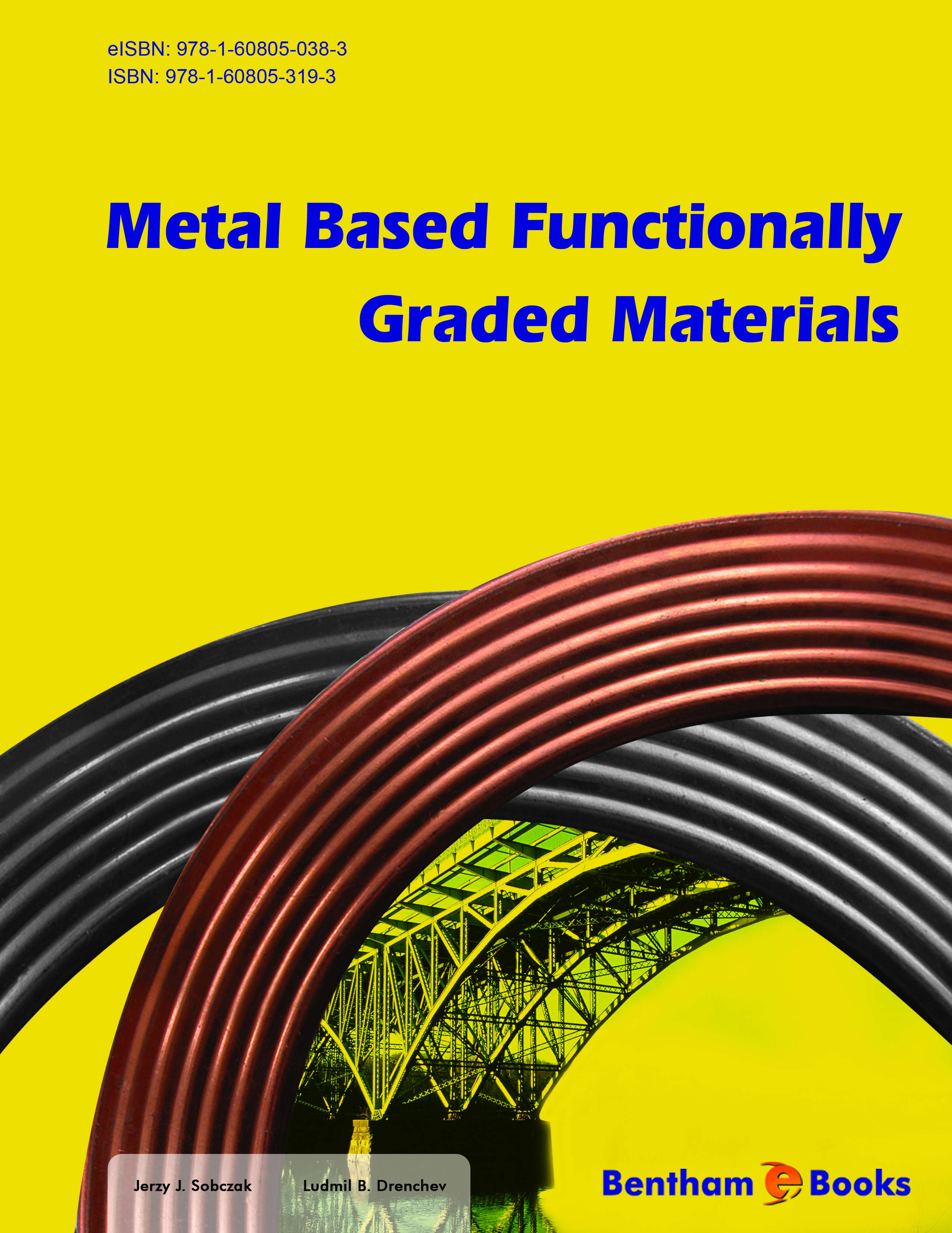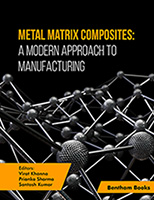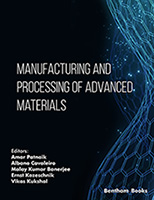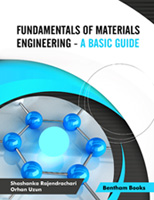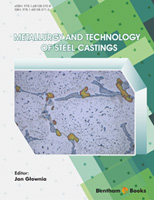Preface
Functionally graded materials, their characterization, properties and production methods are a new rapidly developing field of materials science. From the most informative and widely acceptable opinion, functionally graded materials are characterized by gradual space changes in their composition, structure and, as a result, in their properties. Usually, they are composites in the common sense, but graded structures can be obtained also in traditional, monolithic materials on the basis of a variety of microstructures formed during some kind of material processing. These materials do not contain well distinguished boundaries or interfaces between their different regions as in the case of conventional composite materials. Because of this, such materials posses good chances of reducing mechanical and thermal stress concentration in many structural elements, which can be developed for specific applications. The structure is not simply inhomogeneous, but this inheterogeneity is usually in one direction, typical for the entire volume of a material. The development of instruments for micro- and macrostructure design in functionally graded materials is a challenge for modern industry. On this path, mathematical modeling and numerical simulation are extremely helpful tools for design and investigation of functionally graded materials, which, in fact, are typical representatives of knowledge-based multiphase materials.
The aim of this book is to provide a comprehensive overview of the basic production techniques for manufacturing functionally graded materials, with attention paid to the methods for quantitative estimation of the main structure parameters and properties of these materials. A concise description of experimental methods and type analysis of some specific structures obtained are presented. In order to provide an easily-readable text, general mathematical models and specific tools for management of graded structures in metal matrix composites are presented separately in appendixes. The movement of particles during gravity and centrifugal casting is widely discussed in Appendix A and Appendix B, respectively. Basic equations, which describe solid particle movement in the case of Lorenz force application in graded structure production techniques, are given in Appendix C. A comprehensive model of physical phenomena in gasar technology can be found in Appendix D.
It is our hope that this book provides valuable information for all colleagues who interested in the field of functionally graded structures and materials, and who need a compact informative overview of recent experimental and theoretical activity in this area.
This book has been published as one of the results of Commissioned Research Project PBZ/KBN/114/T08/2004 “Innovative materials and processes in foundry industry” sponsored by the Polish Ministry of Science and Education (Task II.2.4. The study of technology of graded metal-ceramic products by advanced casting techniques, including use of external pressure).
We would like to thank Bentham Science Publishers, particularly Director Mahmood Alam and Manager Bushra Siddiqui for their very kind support and efforts.
Jerzy J. Sobczak
Foundry Research Institute
Krakow, Poland
Ludmil B. Drenchev
Associate Professor
Institute of Metal Science
Sofia, Bulgaria

